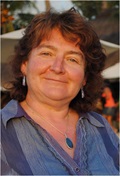Every child a mover – Supporting children’s physical development
The need for movement-rich lives from birth to seven
| March 2016“It amazes me how quickly and how often we forget that we are embodied, that we see the world the way we do because we live in these bodies.”
Physical development in young children is about the emergence of a robust sense of self along with awareness of self, objects and others in the space around them. It involves the growth of good control and coordination in large and small movements, becoming able to move safely and confidently in a wide range of ways and to comfortably negotiate the environments they live in. It is also about the increasing ability to manipulate materials and objects, and becoming able to use tools with ease and enjoyment. Critically, it is about feeling good in your body, good about yourself, and secure in the world.
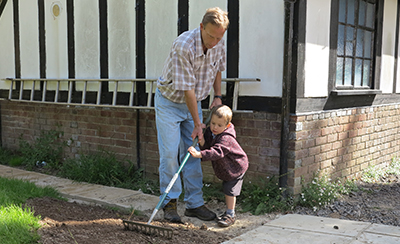
We experience the world and relate to it through our body and the many sensory systems within it. Increasingly we are coming to understand that language, thinking and imagination are created and defined by the physical feelings our bodies give us. Thinking arises from the sensory experiences we have, and use of the body feeds the brain with the material it needs for learning about the world: we can only think with what we experience.
Therefore, not only does physical development sit at the heart of well-being, health and good physical functioning, it also underpins an outward attitude to the world, enabling positive dispositions to exploration, interaction and enquiry – the characteristics of effective learning. And it is at the root of effective brain functioning, learning and memory.
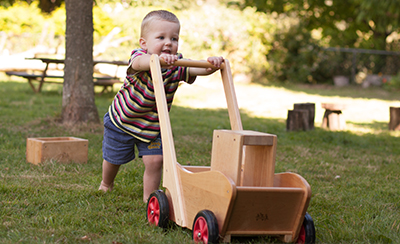
Movement, physicality and doing have always been central to early childhood education philosophy, with pioneers such as Friedrich Froebel, Maria Montessori and John Dewey all emphasising its importance in young children’s lives and learning. Drawing inspiration from Froebel’s work in particular, movement was seen as a core component of the British Nursery School tradition. However, the depth of this understanding has been in danger of being lost over recent decades, especially in some current Government policy agendas. Although physical development has always had a place in UK national curricula, its profoundly fundamental role in child development has not been appreciated nearly enough. There has also been a considerable slide in our cultural recognition of the need for movement during the early and primary years, with huge societal changes in children’s lifestyles, activity levels and expectations of how active young children should be. Interpretation of “lively” behaviour in children and their “boisterousness” has a major impact upon how the adults around them accept and tolerate what young children are naturally driven to do.
What happened to our previous understandings? Why have we not been able to hear the increasingly urgent calls from the health professions? What damage is being done by the lack of knowledge in the educational world regarding the critical role of movement and physicality in learning? How do control, coordination, confidence and safety in movement (DfE, 2014: 10) actually come about?
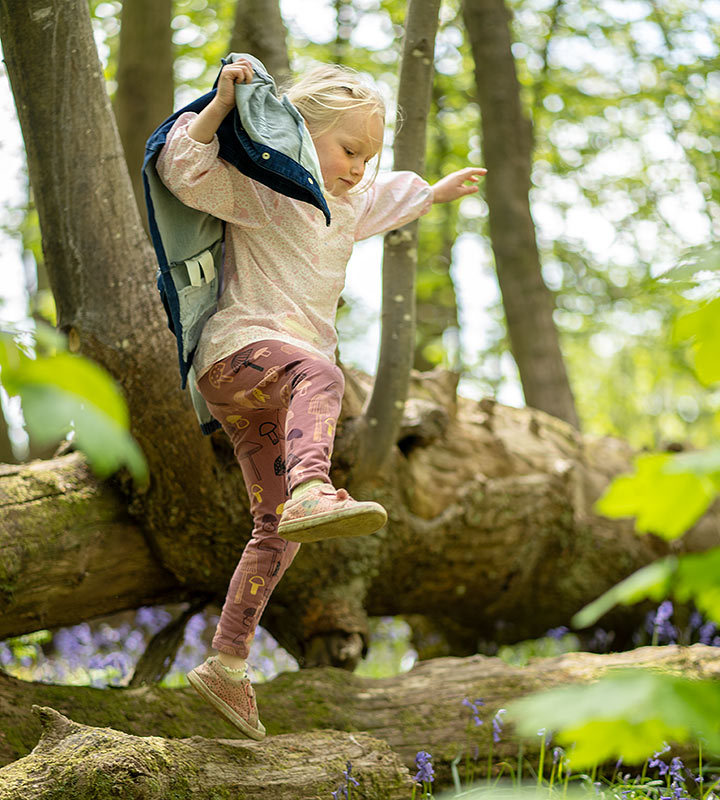
It is time for new understanding within the early years workforce and all professions seeking to support the well-being and education of young children. Emerging lessons from psychology, paediatrics and neuroscience tell us strongly that body and brain develop together, and research is revealing just how much moving and being active impact on all domains of child development. The recent recognition of the core developmental role of physical development that places it as a “prime area” of learning and development in the English Early Years Foundation Stage (EYFS), along with emphasis on active learning in current curricular approaches across the UK, does indicate that a gateway is opening which will make our education systems more effective – and our children so much happier!
“To move, to run, to find things out by new movement, to feel one’s life in every limb, that is the life of early childhood.”
Every child a mover is intended to help practitioners increase their knowledge in an accessible way, and to find useful and enjoyable responses for provision and practice that will better support children’s all-round physical and well-being and development. It aims to give readers:
- a deeper understanding of the role of movement and physicality in children’s lives, well-being, health, development and learning
-
a strong commitment to increasing movement and physicality in all aspects of educational care and in their home lives
- an awareness of critical movement experiences, how to encourage them through provision and practice, and strategies for providing engagement and support
- an understanding of how to implement national curricula in this area.
Sound physical development takes place through basic experiences that put in place the core neurological structures in the brain and body needed for balance, body awareness and coordination across the two sides of the brain/body. These all require movement, action and physicality – and do not develop when the child is sedentary or still.
Babies and young children cannot thrive without lots of stimulus, opportunity for as much activity and movement as possible, especially the particular movement experiences they currently need developmentally. Children in modern western lifestyles, especially in the UK and USA, find themselves restricted, constricted and controlled throughout much of their day. Practitioners must consider how active and free to move children really are in their setting, and seek to address this both indoors and outdoors.
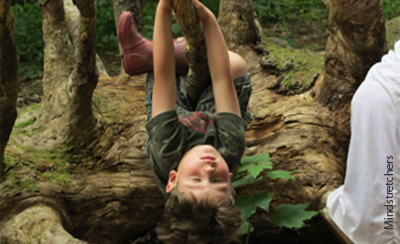
Whilst the developmental process explored in this book are fascinating and complex, often taking many years to complete, the simple fact is that children’s own bodies tell them what they need to be doing, and they are driven to do what is currently required. They are biologically “programmed” to seek the appropriate physical experiences: our job is to make these safely available for as much time as possible. In order for young children to develop well physically (and in all the areas that are dependent on being physical) they need a vast number of opportunities every single day to play, explore and experiment with their bodies, the spaces around them and the people, features, equipment and resources in their environment. This needs to happen naturally and throughout their day, in and out of everything they do, both indoors and outside.
References
DfE (2014). Statutory Framework for the Early years Foundation Stage: Setting the standard for learning, development and care for children from birth to five. Runcorn: Department for Education
McMillan, M. (1930). The Nursery School. London: J. M. Dent & Sons Ltd.
Robinson, K. (2012). TED Talk Halifax, Canada. Quoted in playgroundology.wordpress.com/2012/05/06/sir-ken-of-tedalot-on-play-and-learning/ [accessed 6.7.15]
From the introduction to Every child a mover. Published with permission.

